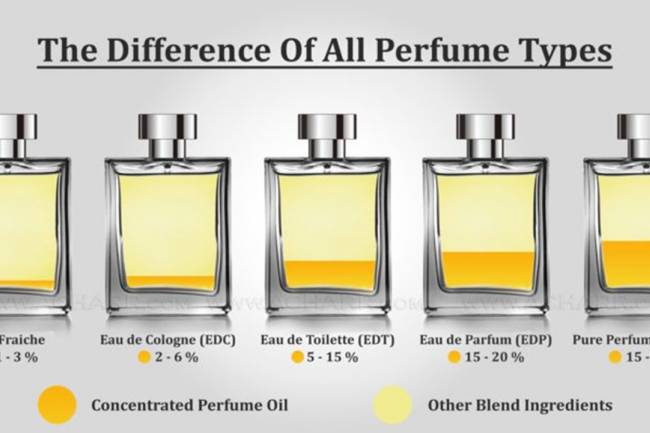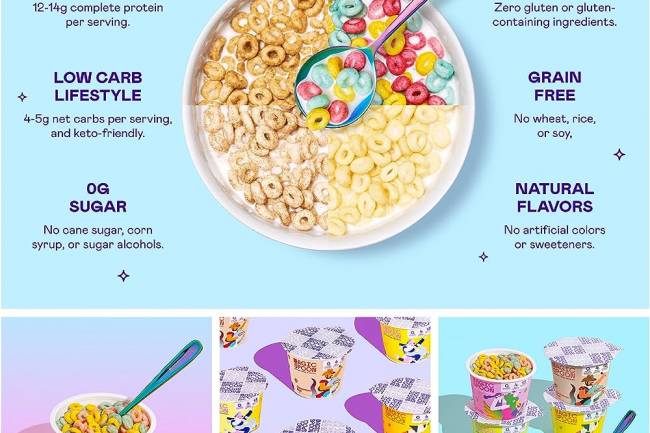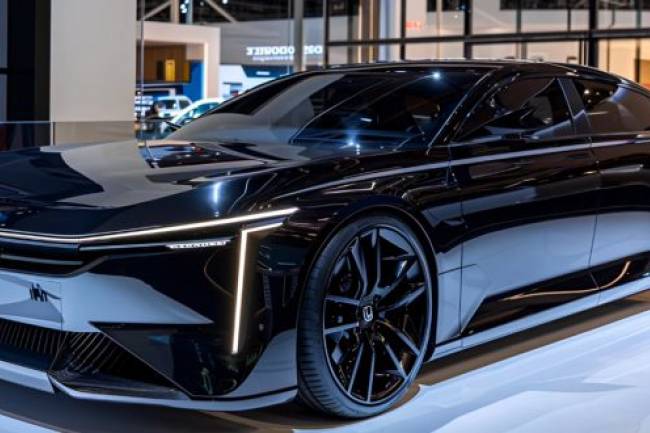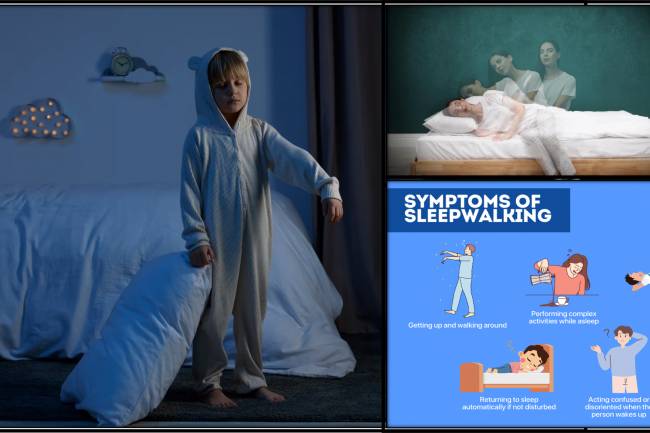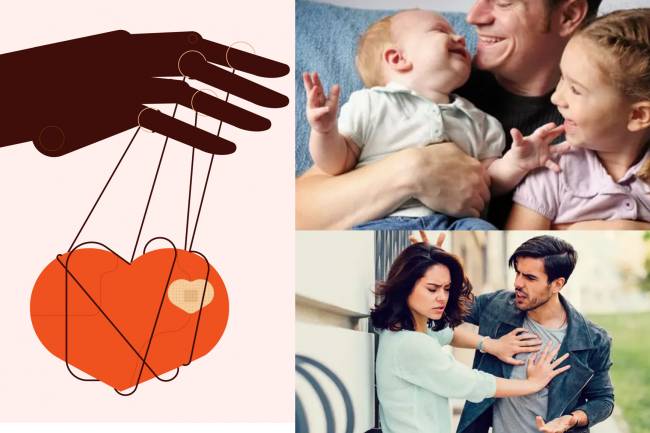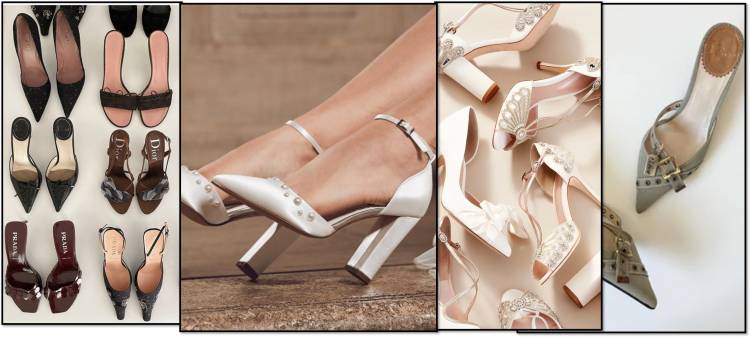
Vintage Designer Heels for women: also, Wedding Style Heels
Vintage Designer Heels for women in detail
Table of Contents
Vintage Designer Heels for women in detail 1
What are vintage designer heels?. 1
Historical Overview by Decade. 1
Notable Vintage Designer Brands. 1
European Clothing & Luxury Home. 1
Japanese Avant-garde (from the 1980s onward, but now considered vintage) 2
Accessory and Jewelry Designers (Vintage Icons) 2
How to Identify Authentic Vintage Designer Heels. 2
1. Research the brand's vintage details. 3
2. Inspect the insole and logo. 3
3. Check the quality of construction. 3
4. Check the serial numbers or style codes. 3
6. Compare with archival images. 4
7. Find identity from a distance. 4
8. Packaging and Provenance (optional but helpful) 4
9. Beware of These Common Fakes. 4
10. Buy from reputable sources. 4
Tips for Collection or Buying. 5
How to Style Vintage Designer Heels. 5
1. Styles by Heel Type and Era. 5
5. Visual Style Example (by Decade) 6
vintage designer heels
oh yes Here's a complete guide to out-of-date designer heels, including their history, key brands, types, materials, how to identify authentic pieces, and tips for collecting or styling them.
What are vintage designer heels?
Vintage designer heels refer to high-heeled shoes made by luxury or high-fashion brands, usually at least 20 years ago (e.g., before 2005). They reflect the craftsmanship, materials, and style trends of their era and are often considered collectible fashion items.
Historical Overview by Decade
- Style Highlights of the Decade
- '20s and '30s T-shirts, Mary Janes, Art Deco influences, low heels
- '40s Chunky platforms, cork soles (wartime), peep toes
- The '50s saw the emergence of stilettos (courtesy of Dior and Roger Vivier), kitten heels
- '60s modern style, metallics, low square heels
- '70s chunky heels, platforms, exotic materials (like snakeskin)
- '80s bold colors, pointed toes, and high stilettos
- '90s: Simplicity, strappy sandals, block heels, and logo-based brands began.
Notable Vintage Designer Brands
Here's a list of notable vintage designer brands that are widely recognized for their craftsmanship, innovation, and lasting influence on fashion history. These brands are sought after by collectors, stylists, and vintage enthusiasts:
European Clothing & Luxury Home
These brands are known for their haute couture and for defining style in the 20th century:
- Chanel: Famous for its little black dresses, tweed suits, and quilted handbags.
- Dior revolutionized post-war fashion with the "New Look" in 1947.
- Yves Saint Laurent (YSL): Credited with creating tuxedos and ready-to-wear for women.
- Christian Lacroix: Known for his stunning theatrical pieces of the 1980s and 1990s.
- Balenciaga (formerly Cristóbal Balenciaga): Famous for his architectural silhouettes.
- Lennon (Jane Lennon era): One of the oldest houses in Paris, known for its feminine elegance.
- Givenchy (Hubert de Givenchy era): A tribute to Audrey Hepburn's iconic style.
- Courrèges: Known for his modern and futuristic designs in the 1960s.
- Paco Rabanne: Famous for his metal and chainmail designs.
- Pierre Cardin: Innovator of space fashion in the 1960s and 1970s.
American Icons
These brands shaped the Golden Age of Hollywood and mid-century American style:
- Halston: The epitome of 1970s disco glamour.
- Bill Blass: Known for his clean, classic, and wearable luxury.
- Norman Norell combined Hollywood glamour with American practicality.
- Claire McCardell: Pioneer of American sportswear in the 1940s and 1950s.
- Rudi Grünreich: Avant-garde designer known for his monokinis and unisex fashion.
- James Galanos: Designed for socialites and first ladies.
- Oscar de la Renta (early years): Elegant high-society gowns.
Italian Masters
Known for their fine tailoring, glamour, and bold prints:
- Valentino (early years): Signature red dresses and romantic elegance.
- Emilio Pucci: Known for his psychedelic prints and vibrant colors.
- Gucci (Tom Ford and earlier): Particularly collectible: handbags and accessories from the 1960s-1980s.
- Salvatore Ferragamo: Master of modern footwear design since the 1930s.
- Missoni: Known for its colorful knitwear and zigzag patterns.
Japanese Avant-garde (from the 1980s onward, but now considered vintage)
- Comme des Garçons (Rei Kawakubo) - Pushed the boundaries of form and genre.
- Issey Miyake - Innovative pleats and fabric manipulation.
- Yohji Yamamoto - Deconstructed silhouettes and dramatic minimalism.
- Kenzo (early years): Eclectic and colorful fusion of clothing from around the world.
Accessory and Jewelry Designers (Vintage Icons)
- Elsa Schiaparelli - Realist fashion, rival to Chanel in the 1930s.
- Mary Haskell: Costume jewelry that was popular between the 1930s and 1950s.
- Judith Leiber: Famous minaudieres and ornate handbags.
- Cartier (vintage pieces): Classic Art Deco and early 20th-century designs.
Hermes (vintage scarves and bags), especially Kelly and Birkin bags.
How to Identify Authentic Vintage Designer Heels
Identifying true vintage designer heels requires research, observation, and sometimes expert consultation. Here's a complete guide to help you verify authenticity:
1. Research the brand's vintage details.
Every designer brand has telltale signs that change over time. Check me out:
- Vintage logos vs. modern logos
- Sole and insole design
- Label source and location
- Country of manufacture (e.g., vintage Chanel was made in France or Italy; Ferragamo was often made in Florence)
- Common styles or heel shapes from a specific era.
- Example: Vintage YSL heels may have "Yves Saint Laurent Rive Gauche" stamped on the inside, while Ferragamo often has embossed leather soles or gold lettering.
2. Inspect the insole and logo.
Authentic vintage designer heels typically have:
- Stamped or embossed logos, often in gold or silver foil.
- A clean, crisp font with no smudges or uneven spacing.
- Sometimes the style name or number "Made in Italy/France" is printed clearly, not faded.
- Red flags: misprinted labels, misspellings, or flashing gold foil.
3. Check the quality of construction.
Vintage designer shoes are often handcrafted or machine-made with precision:
- The stitching should be straight and tight.
- Leather soles are common on vintage heels.
- Heels are securely fastened with hidden nails or smooth bindings.
- The material (leather, suede, satin) should feel high-quality and durable.
Appearance inside the shoe: If you see glue marks, uneven cuts, or a lining that looks like plastic, it's perhaps not authentic.
4. Check the serial numbers or style codes.
Some vintage designer shoes (especially from the 1980s onward) include:
- Serial numbers or style codes inside or under the arch.
- The codes are embossed or stamped, not printed.
- May include size, style number, and color code.
- Example: Vintage Gucci heels often have a 10-digit code like "123456 7890."
5. Material and Weight
Vintage designer heels tend to be heavier than fast-fashion heels due to the high-quality leather, wood, and metal components.
- Genuine leather smells and feels different than synthetic: soft but structured.
- The soles can be leather, not plastic.
6. Compare with archival images.
Use:
- Vogue runway archives
- Vintage fashion books
- Sites like 1stDibs, TheRealReal, or eBay's advanced search (check "sold listings")
- Social media accounts specializing in vintage fashion
7. Find identity from a distance.
Certain characteristics help date and authenticate shoes:
- Style of the Decade/Top Tip
- '50s kitten heels, peep toes, grosgrain bows. Look for names like Delman or Saks Fifth Avenue.
- Check out trendy '60s colors, square toes, low heels, the word "Italy," and vintage logo tags.
- '70s platform soles and mud-colored suede may bear the mark of the disco era.
- In the 1980s, high stiletto heels, metallic toes, shiny logos, and embossing began to appear.
- '90s minimalism, black leather, and mules. Brands began using serial codes.
8. Packaging and Provenance (optional but helpful)
- Original boxes and dust bags often have vintage markings.
- Receipts or store tags (if available) can help with verification.
- Ask sellers about the shoe's history: where it was purchased or obtained.
9. Beware of These Common Fakes
- Designer names are misspelled (e.g., "Channel" instead of "Channel").
- Modern-looking branding on a shoe claiming to be "vintage."
- Brand stamps that look too new or unworn.
- Contrasting logos between the left and right shoes.
10. Buy from reputable sources.
For beginners, consider:
- The RealReal, Vestiaire Collective, 1stDibs
- Local vintage shops specializing in high fashion.
- Get a COA (certificate of authenticity) whenever possible.
Tips for Collection or Buying
- Condition Matters: Look for minimal wear, intact soles, clean insoles, and original boxes if possible.
- Know Your Size: Vintage sizes may vary; always double-check measurements.
- Verify: Use professional services for high-value items (e.g., Authenticity, Vestige Collective).
- Smart Shop:
- Popular Platforms: The Real, 1stDibs, Vestiaries Collective, eBay (with caution)
- Vintage Boutiques and Estate Sales
How to Style Vintage Designer Heels
Pairing vintage designer heels means balancing timeless beauty with modern wearability. Whether you're working with '50s kitten heels or '80s blades, the key is to let the shoes shine and complement them with the right outfit and accessories.
Here's a guide based on style types, eras, and occasions:
1. Styles by Heel Type and Era
'50s and '60s Kitten Heels
- Look: Feminine, humble, and ladylike.
- With Style:
- Full A-line or midi skirts
- Shorts or skinny pants
- Vintage-style blouse or cardigan
- A pearl or vintage brooch
Try pairing pastel kitten heels with a trench coat and a vintage bag for a Parisian look.
'70s Platforms or Wedges
- Look: Bold, earthy, disco chic.
- In Style:
- Flared jeans or wide-legged pants
- Wrap dresses or flowing maxi skirts
- Suede jackets or fringe details
- Gold accessories or oversized sunglasses
Play with color and texture: mix and match suede, crochet, or patchwork.
Striking '80s stilettos
- Look: Structured, dramatic, haute couture
- In Style:
- Blazers or jackets with shoulder pads
- Pencil skirt or tapered pants
- Monochromatic or color-blocking suit
- Statement earrings or a bold clutch
Black or red '80s stilettos? Pair with an oversized blazer and a leather miniskirt.
Minimalist '90s sandals or mules
- Look: Clean lines, neutrals, sexy simplicity
- In style:
- Slip dresses or blouses with thin straps
- High-waisted jeans and tank tops
- Elegant midi skirts or bias-cut dresses
- Dainty jewelry (necklaces or delicate chains)
Add a vintage Fendi baguet and you'll be totally '90s runway-ready.
2. Style by occasion
Everyday casual
- Wear vintage heels to jazz up jeans and a white tee.
- Add a vintage belt or scarf to coordinate.
- Opt for block heels or comfortable mid-heels.
- Workwear or smart casual
- Pointy vintage heels pair well with culottes or a blazer.
- Go neutral with pairs in beige, navy, or black.
- Add a vintage-style bag.
- Evening/Dresses
- Let sequined or satin heels take center stage.
- Pair it with a simple slip dress or a classic short black dress.
- Match the era of your shoes with your accessories (e.g., '80s heels + statement earrings).
3. Mix vintage with modern.
Vintage heels shouldn't look like a dress. Here's how to style your trips:
- Vintage element, modern counterpart
- Sleek '60s jumpsuit with straps and a fitted cut
- Minimalist '70s platform pants or wide-legged trousers
- Contemporary blazer or satin dress with '80s stilettos
- '90s sandals, oversized blazer, and biker shorts
4. Enter the willing.
- Bags: Pair vintage heels with a vintage clutch or a modern mini bag in matching shades.
- Jewelry: Be inspired by the era: pearls for the 50s, gold chains for the 80s, chokers for the 90s.
- Socks or Tights: Try sheer or fishnet tights with heels, or cute socks with my jeans.
5. Visual Style Example (by Decade)
- Would you like me to create styled outfit photos or a visual lookbook using your preferred decade or pair of shoes?
Care Tips
- Store properly: keep in dust bags or original boxes.
- Avoid moisture: especially for suede, satin, and exotic materials.
- Use a cobbler: to replace, refinish, or condition the sole.
Closing Note
Vintage designer heels combine fashion history, craftsmanship, and individual style. Whether you're a collector or just love fashion with a story, they're a wearable art form, and many of them have increased in value over time.
wedding heels in the U.S
When shopping for wedding heels in the U.S., brides typically look for a combination of style, comfort, height, material, and price. Here's a detailed look at the general wedding heel types, brands, materials, and trends in the U.S. in 2025:
Types of Wedding Heels
Wedding heels come in a variety of styles based on preference, dress style, and venue:
|
Heel Type |
Description |
|
Stilettos |
Classic high heels (3-5 inches), stylish but can be hard to walk in. |
|
Block Heels |
Offer more support; great for outside or all-day wear. |
|
Kitten Heels |
Short (1-2 inch) heels; vintage, classy, and comfortable. |
|
Wedges |
Ideal for outdoor weddings like gardens or beaches. |
|
Flats/Low Heels |
For comfort, often selected for receptions or after-party. |
|
Platform Heels |
Height with added comfort from thicker soles. |
|
|
|
Popular Wedding Heel Brands in the USA (2025)
These brands are recognised for quality, style, and bridal focus:
|
Brand |
Notable Features |
|
Badgley Mischka |
Glamorous, embellished heels; crystals and satin materials are popular. |
|
Jimmy Choo |
Luxury chic; timeless and elegant designs, great for fashion-forward brides. |
|
Bella Belle |
Handcrafted shoes with comfort insoles; perfect for long wear. |
|
Stuart Weitzman |
Sleek designs with a reputation for comfort. |
|
Sam Edelman |
Reasonable designer heels with modern touches. |
|
Lulus |
Budget-friendly and trend-focused. |
|
Nina Shoes |
Bridal-focused line with satin and rhinestone detail. |
3. Trending Styles for 2025
Wedding heel trends in the United States this year include:
- Pearl and crystal jewelry
- Lace or tulle accents (especially on ankle straps or heels)
- Sheer/barely-there vinyl elements
- Satin finishes in white, ivory, blush, or champagne
- Custom insoles (e.g., initials, dates)
- Interchangeable heels (heel plugs for dancing)
4. Heel Height and Comfort Tips
- 3 to 4 inches is the sweet spot for style and comfort.
- If you'll be wearing them for extended periods, consider gel insoles or cushioned insoles.
- Separate them at least two weeks before the wedding.
- Bring a backup pair of shoes (such as flats or dress shoes) for dancing.
5. Where to buy wedding heels in the United States.
Online:
- Nordstrom: Wide range, from luxury to mid-range
- Zappos: Easy returns, many bridal styles
- BHLDN (Anthropologie) - Beautiful and romantic bridal shoes
- David's Bridal: Affordable and bridal-specific
- Amazon: Ideal for budget or last-minute purchases.
In-store:
- Dillard's, Macy's, and Bloomingdale's all have bridal sections.
- Local bridal boutiques often offer designer heels or coordinate custom orders.
6. Pricing Overview
|
Category |
Price Range |
Examples |
|
Luxury |
$400 – $1,200+ |
Jimmy Choo, Manolo Blahnik |
|
Mid-Range |
$150 – $400 |
Badgley Mischka, Bella Belle |
|
Budget |
$40 – $150 |
Lulus, Nina, Amazon finds |
Would you like me to indorse some specific styles based on your clothing or venue, or link to present top-rated bridal heels available online in the USA right now?
